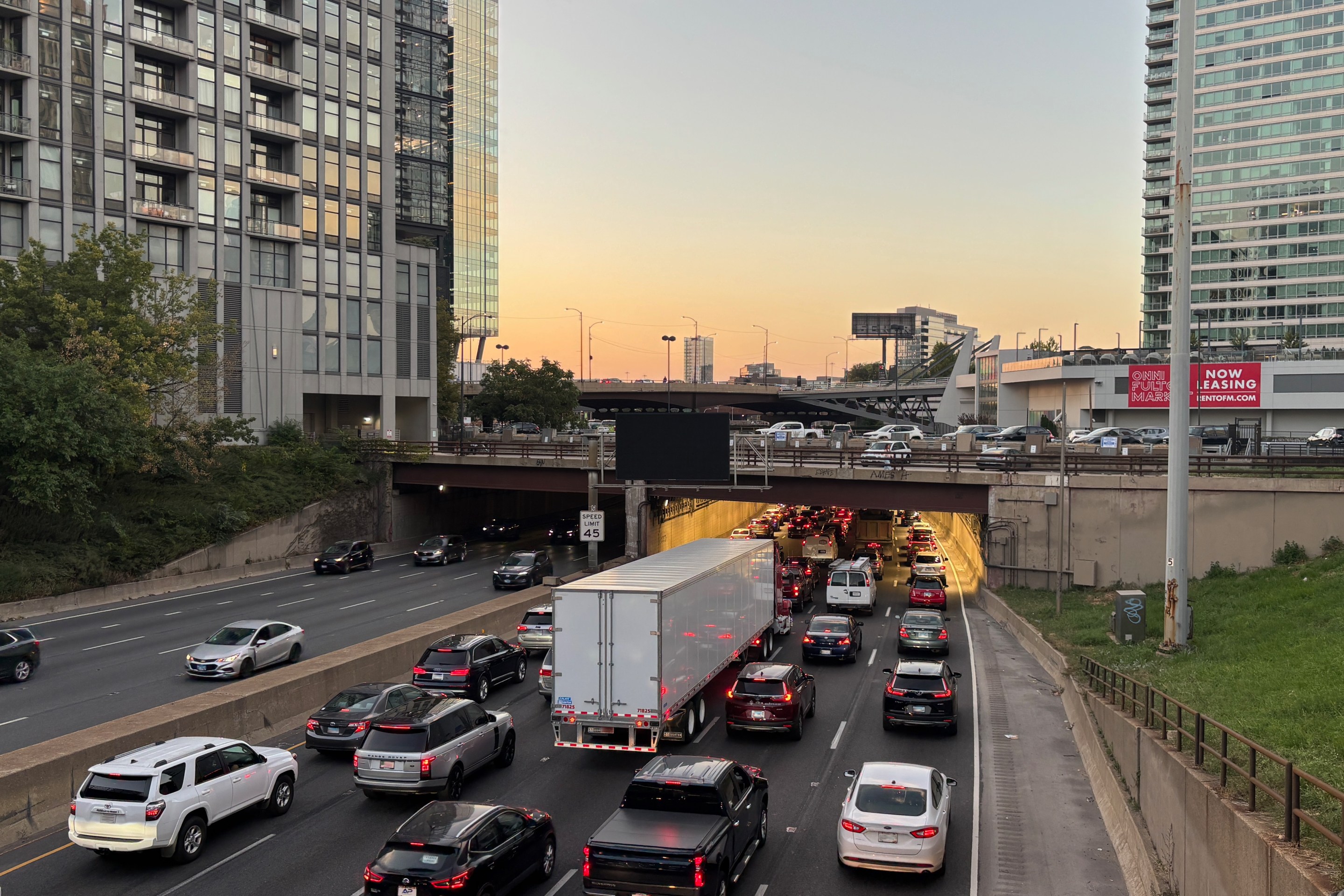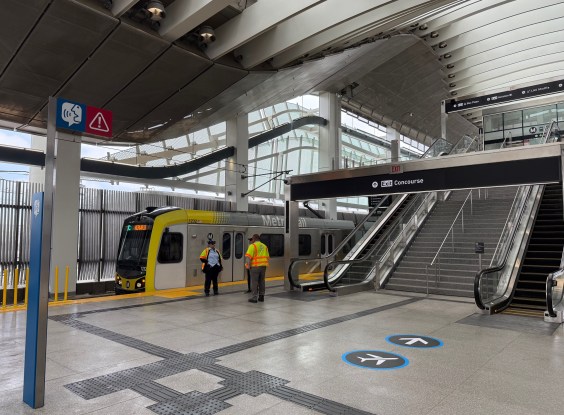Among the myriad of smaller agencies that comprise the U.S. DOT, the Research and Innovative Technology Administration (RITA) tends to stay in the background, not unlike the wonky, computer-hacking sidekicks often found in action movies.
 RITA's work could be used to help cyclists steer clear of "dooring" opportunities like this. (Photo: Sidi Ergo)
RITA's work could be used to help cyclists steer clear of "dooring" opportunities like this. (Photo: Sidi Ergo)But the RITA, which has a budget of nearly $13 million, is getting ready for its close-up with an in-depth examination of intelligent transport systems, or ITS -- the umbrella term for technological improvements that can enhance safety and decrease congestion, as well as the emissions that tend to accompany thick traffic.
In a briefing this afternoon, RITA chief Peter Appel warned: "ITS is not a silver bullet. Ultimately, more responsible drivers will lead to safer roads."
But he predicted that the RITA's work would yield safety dividends for all road users, allowing drivers, pedestrians, and cyclists to better communicate with one another to prevent crashes.
The ITS program "is only successful if it's truly cross-modal," ready to be deployed for bike-ped use as well as by drivers, according to Appel.
For example, he said, the RITA's vehicle-to-vehicle communication program is equally applicable to travelers using their feet. A large number of pedestrians and cyclists are likely to be emitting a wireless signal, "whether it's the cell phone they're carrying or
some other device," Appel explained.
Thus, an auto with vehicle-to-vehicle communication devices could also pick up the wireless footprint of any approaching traveler, alerting drivers to stop and yield to a pedestrian or keep their doors closed to avoid hitting a cyclist.
"We feel that with better warning, both to bicyclists and drivers ...
there's a lot we can do" to bring down the number of road injuries and fatalities, Appel said.
The RITA's mission also encompasses real-time traffic and transit updates that can be delivered to individual travelers, giving them the information needed to avoid congested roads and take alternate rail routes as needed. For more information on ITS, check out the U.S. DOT's dedicated website.





